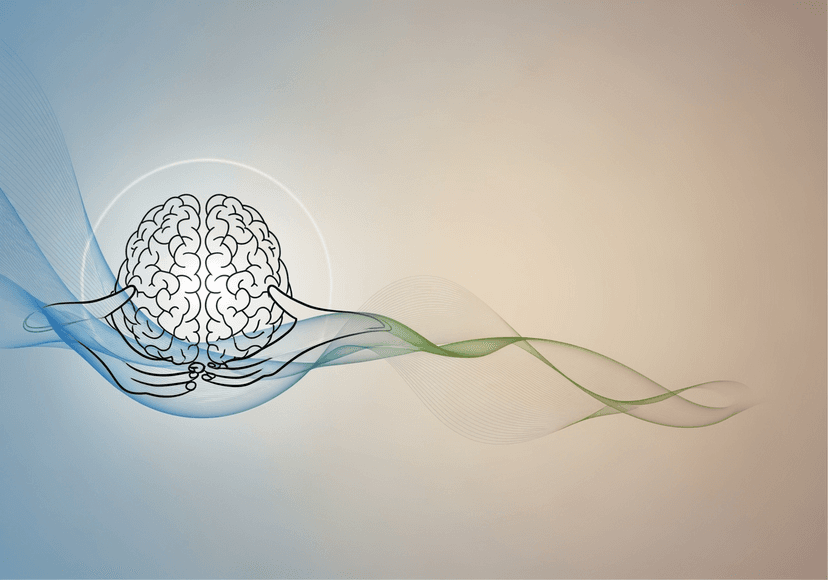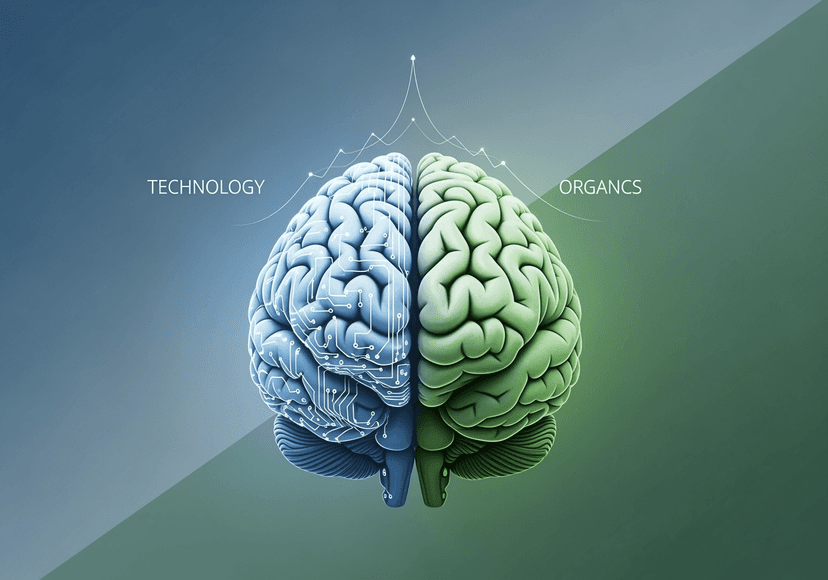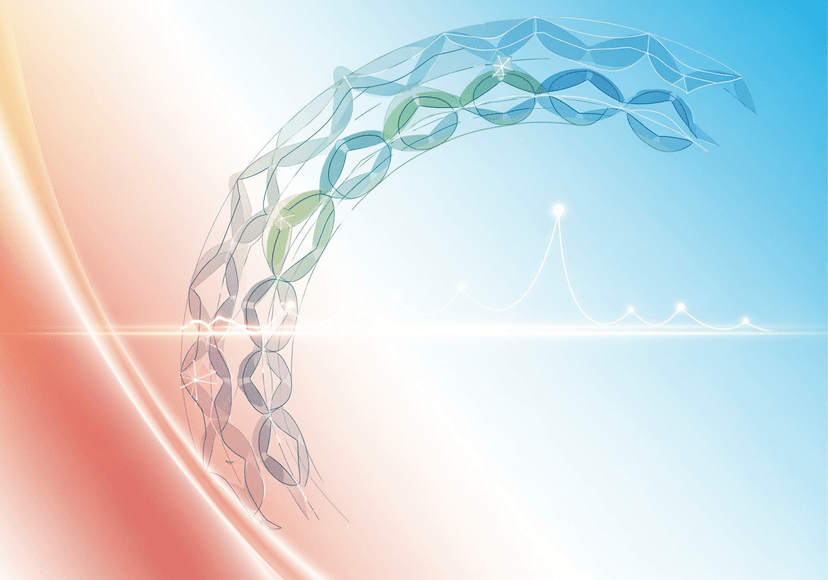
Hernias: Symptoms, causes, and treatments
10 Aug, 2023
 Healthtrip Team
Healthtrip TeamLet's talk about something called a hernia. Ever heard of it? Well, in simple terms, a hernia is when an organ or fatty tissue squeezes through a weak spot in a surrounding muscle or connective tissue. Imagine a balloon trying to poke through a small hole in a net; that's kind of what's happening inside the body.
Now, you might wonder, "Why should I care about hernias?" Well, they're more common than you might think, and while some are harmless, others can lead to serious complications. It's like having a small tear in your favorite shirt; sometimes it's just a minor annoyance, but if left unchecked, it can become a bigger problem. So, understanding hernias and their significance is crucial, whether you're trying to identify one, treat it, or simply be informed.
Most popular procedures in India
Types of Hernias
Wellness Treatments
Give yourself the time to relax
Lowest Prices Guaranteed!

Lowest Prices Guaranteed!
1. Inguinal hernia
- This is the most common type of hernia. It happens in the groin area, more specifically where the thigh meets the abdomen. Men are more likely to get this type than women.
- Causes and Risk Factors: Lifting heavy objects without stabilizing the abdominal muscles, a persistent cough, or even straining during bowel movements can lead to this. Some people might even be born with a weakness in this area.
- Symptoms: You might notice a bulge on either side of your pubic bone. It can be painful, especially when you cough, bend over, or lift something heavy.
2. Femoral hernia
- Located in the upper thigh, right below the groin, this type is more common in women, especially those who are pregnant or obese.
- Causes and Risk Factors: Pregnancy, childbirth, and obesity can increase the pressure in the abdomen, leading to a femoral hernia.
- Symptoms: There's often a bulge near the groin or hip. It can cause significant discomfort or pain.
3. Umbilical hernia
- This one pops up near the belly button. Babies often have them, but they can affect adults too.
- Causes and Risk Factors: For babies, it's because the opening in the abdomen through which the umbilical cord passes doesn't close fully. In adults, multiple pregnancies or being overweight can be culprits.
- Symptoms: A noticeable bulge near the belly button. It might become more visible when the baby cries or an adult strains.
4. Incisional hernia
- After having abdominal surgery, sometimes the site doesn't heal perfectly, leading to this type of hernia.
- Causes and Risk Factors: Not healing properly after an abdominal surgery or putting too much strain on the healing wound.
- Symptoms: A bulge near the old surgical scar, which can be painful, especially when straining or lifting objects.
5. Hiatal hernia
- This one's a bit different. It's when the top part of your stomach bulges through the diaphragm into the chest cavity.
- Causes and Risk Factors: Age-related changes, injury to the area, or persistent and intense pressure on the surrounding muscles.
- Symptoms: Heartburn, acid reflux, or chest pain. Some people might not have any symptoms at all.
6. Other Types
- Epigastric Hernia: A bulge between the navel and the lower part of the ribcage.
- Spigelian Hernia: Occurs along the edge of the rectus abdominus muscle, which runs down the middle of the abdomen.
Each type of hernia has its quirks, but they all share a common theme: a part of the body pushing through where it shouldn't. If you ever suspect you have one, it's essential to see a doctor. They can be sneaky, but with the right care, they're manageable.
Causes and Risk Factors
- Muscle Weakness: This can be congenital (meaning you're born with it) or it can develop over time due to age, wear and tear, or previous surgeries.
- Increased Pressure: This can be a result of activities or situations that increase pressure within the abdomen. Examples include lifting heavy objects, persistent coughing, or straining during bowel movements.
- Combination of Both: Most hernias are caused by a combination of muscle weakness and strain. For instance, if there's a weak spot in the abdominal wall, increased pressure in that area can cause a hernia.
Factors that Increase the Risk of Developing a Hernia:
- Family History: If your family has a history of hernias, you might be more susceptible.
- Chronic Cough: Conditions like chronic obstructive pulmonary disease (COPD) that lead to persistent coughing can increase the risk.
- Chronic Constipation: Straining during bowel movements can lead to hernias.
- Pregnancy: Especially multiple pregnancies, can increase the pressure within the abdomen.
- Obesity: Carrying extra weight can put added pressure on the abdominal wall.
- Previous Surgeries: Especially abdominal surgeries, can lead to weak spots in the abdominal wall.
- Premature Birth and Low Birth Weight: Babies born prematurely or with a low birth weight might have a higher risk of developing an inguinal hernia.
- Certain Occupations: Jobs that require heavy lifting or long periods of standing can increase the risk.
- Smoking: It's believed that smoking can weaken the connective tissue, increasing the risk of hernias.
- Use of Certain Medications: Some studies suggest that medications like corticosteroids can weaken the muscles and increase the risk of hernias.
In essence, while some risk factors like genetics are out of our control, others, such as lifestyle choices, can be managed. If you fall into any of these risk categories, it's a good idea to be aware and take preventive measures when possible. And as always, if you suspect something's amiss, it's best to consult with a healthcare professional.
Common Symptoms Across All Types:
- Visible Bulge: One of the most common signs is a noticeable lump or bulge in the affected area. This bulge might become more prominent when you stand up, strain, or cough.
- Pain or Discomfort: Especially in the area of the bulge. This can range from a dull ache to a sharp pain, often worsening when lifting, bending, or coughing.
- Feeling of Heaviness: A dragging sensation in the groin or abdomen.
- Swelling or Tenderness: In the affected area.
- Heartburn, Acid Reflux, or Difficulty Swallowing: Specifically for hiatal hernias.
- Obstruction Symptoms: Such as nausea, vomiting, or constipation, if the hernia is trapping a part of the intestine.
Diagnostic Procedures:
- Physical Examination:This is often the first step. The doctor will feel for a bulge in the area where you're experiencing symptoms. They might ask you to stand up, cough, or strain to see if the hernia is more noticeable.
- Imaging Tests:
- X-rays or Barium X-rays: Especially for hiatal hernias, you might swallow a liquid (barium) that makes your digestive tract visible on an X-ray.
- Ultrasound: This uses sound waves to create an image of the inside of your body, helping to identify the hernia.
- CT Scan: A more detailed imaging test that can provide cross-sectional images of your body.
- MRI: Magnetic fields and radio waves are used to produce detailed images, especially useful if the hernia is hard to define with other methods.
- Endoscopy: For hiatal hernias, a doctor might run a thin tube equipped with a tiny camera down your throat and into your esophagus and stomach to check for a hernia.
- Laparoscopy: In some cases, a surgeon might use a laparoscope to get a closer look inside the abdomen, especially if the diagnosis isn't clear.
Remember, while these symptoms can give you a hint, it's always essential to see a healthcare professional for a proper diagnosis. If you ever feel something's not right, trust your instincts and get it checked out. Your body will thank you!
Treatments
a. Non-Surgical Treatments:
1. Lifestyle Changes:
- Dietary Adjustments: For hiatal hernias, avoiding large meals, not lying down after eating, and reducing foods that trigger heartburn can help.
- Weight Management: Maintaining a healthy weight can reduce pressure on the abdominal wall.
- Avoiding Strain: Refrain from heavy lifting and ensure you lift objects correctly by using your legs, not your waist.
2. Medications:
- Antacids, H2 Blockers, and Proton Pump Inhibitors: These are primarily for hiatal hernias to neutralize stomach acid, reduce acid production, or block acid production and heal the esophagus.
- Laxatives: If chronic constipation is a contributing factor, these can help reduce straining during bowel movements.
- Use of Trusses or Belts: These are supportive undergarments that help keep the hernia in place. They're more of a temporary solution and can be used if surgery isn't an option or is delayed.
b. Surgical Treatments:
1. Open Hernia Repair:
- Procedure: An incision is made near the hernia, and the protruding tissue is pushed back into place. The weakened area is then stitched and often reinforced with a synthetic mesh.
- Recovery: It might involve a few days of hospital stay and several weeks of recovery at home.
2. Laparoscopic Hernia Repair:
- Procedure: Instead of one large incision, several small ones are made. A laparoscope (a thin tube with a camera) guides the surgeon in repairing the hernia using mesh.
- Advantages: Typically, there's less post-operative pain and a quicker return to regular activities compared to open repair.
- Considerations: It might not be suitable for all types of hernias or if the hernia is very large.
Recovery and Post-Operative Care:
- Pain Management: Over-the-counter pain relievers or prescribed medications can help manage post-surgery pain.
- Activity Restrictions: It's essential to avoid strenuous activities and heavy lifting for several weeks after the surgery.
- Wound Care: Keeping the surgical site clean and dry is crucial. The doctor will provide specific instructions on showering and changing dressings.
- Follow-up Appointments: Regular check-ups with the surgeon will ensure the healing process is on track and address any complications.
Remember, the best treatment option depends on the individual's health, the type of hernia, and its severity. Always consult with a healthcare professional to determine the most appropriate course of action.
Complications:
- Strangulation:
- This is when the blood supply to the herniated tissue is cut off. It's a serious condition and requires immediate medical attention.
- Symptoms: Severe pain, nausea, vomiting, and the hernia turning dark red or purple.
- Obstruction:
- The hernia can obstruct the bowel, leading to a blockage.
- Symptoms: Constipation, bloating, and severe pain.
- Recurrence of the Hernia:
- Even after a hernia is repaired, there's a chance it can come back.
- Factors: This can be due to several reasons, including not following post-operative care instructions, inherent tissue weakness, or the presence of other risk factors.
- Post-operative Complications:
- Infection: Any surgery carries a risk of infection. It's essential to keep the surgical site clean and follow wound care instructions.
- Chronic Pain: Some people might experience lingering pain in the area after the surgery.
- Mesh Complications: If synthetic mesh is used during the repair, there can be complications like mesh migration or rejection.
Prevention:
1. Lifestyle Changes:
- Diet: Eating a fiber-rich diet can prevent constipation and reduce straining during bowel movements.
- Avoid Smoking: Smoking can weaken the connective tissues, increasing the risk of hernias.
2. Proper Lifting Techniques:
- Use Your Legs: When lifting something heavy, make sure to bend at the knees and use your leg muscles, not your waist.
- Avoid Overexertion: Don't lift more than you can handle. If something feels too heavy, get help or use equipment.
3. Maintaining a Healthy Weight:
- Regular Exercise: Engage in activities that strengthen the abdominal muscles, like walking, swimming, or pilates.
- Balanced Diet : Eating a balanced diet helps in maintaining a healthy weight, reducing the pressure on the abdominal wall.
In summary, while hernias can have complications, many of these risks can be mitigated with timely treatment and preventive measures. Being aware of your body, practicing safe habits, and seeking medical advice when needed can go a long way in ensuring your health and well-being.
Hernias, essentially disruptions where tissues push through barriers, are more than just physical anomalies; they're signals from our body indicating potential issues. While some are benign, others can lead to serious complications, underscoring the importance of timely recognition and intervention. It's vital to listen to our body's cues and seek medical advice at the earliest signs. Prioritizing our health and being proactive can make a world of difference in outcomes and overall well-being.
Related Blogs

Healthtrip's Complete Support System for Neuro Surgery Patients
Explore how Healthtrip delivers top-quality care for neuro surgery in

Healthtrip vs Other Medical Tourism Providers for Neuro Surgery
Explore how Healthtrip delivers top-quality care for neuro surgery in

Success Stories of Neuro Surgery Patients Treated via Healthtrip
Explore how Healthtrip delivers top-quality care for neuro surgery in

Top Cities in India for Neuro Surgery Through Healthtrip
Explore how Healthtrip delivers top-quality care for neuro surgery in

How Healthtrip Helps International Patients Get Treated for Neuro Surgery
Explore how Healthtrip delivers top-quality care for neuro surgery in

Comprehensive Guide to Neuro Surgery by Healthtrip
Explore how Healthtrip delivers top-quality care for neuro surgery in










